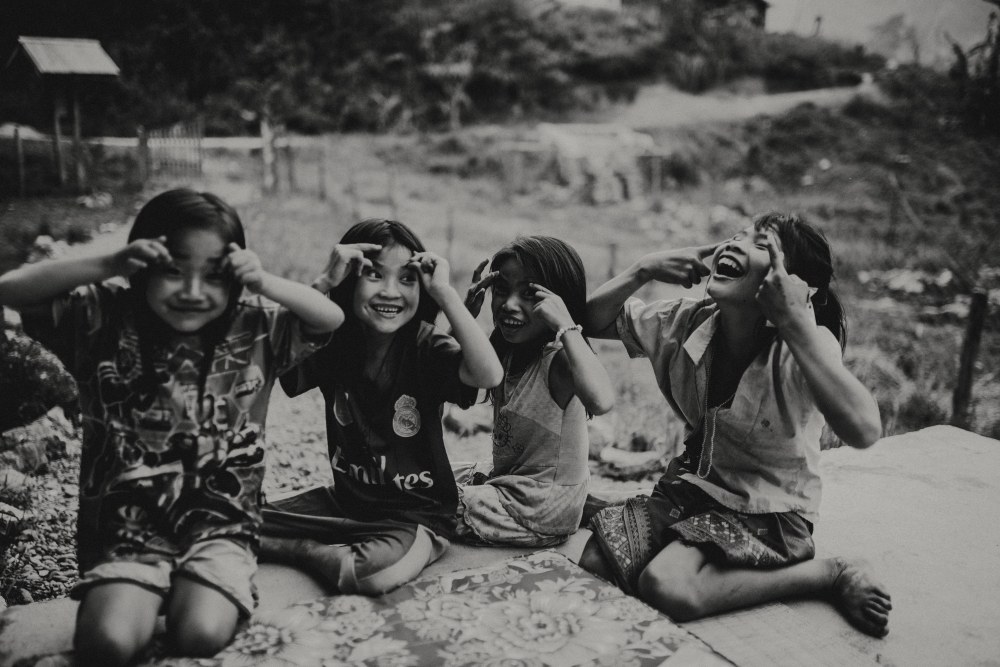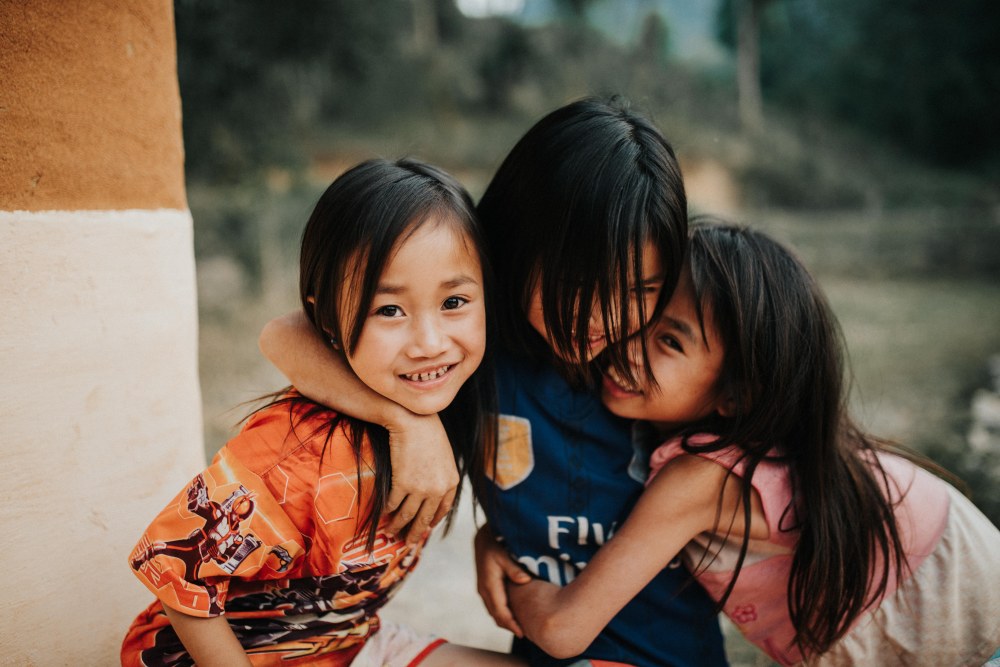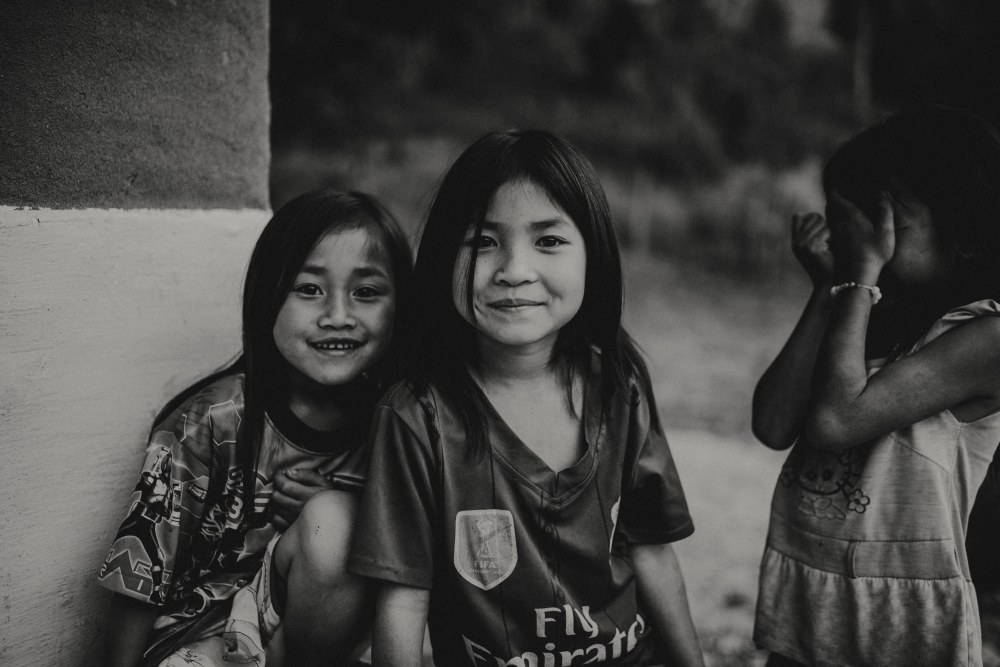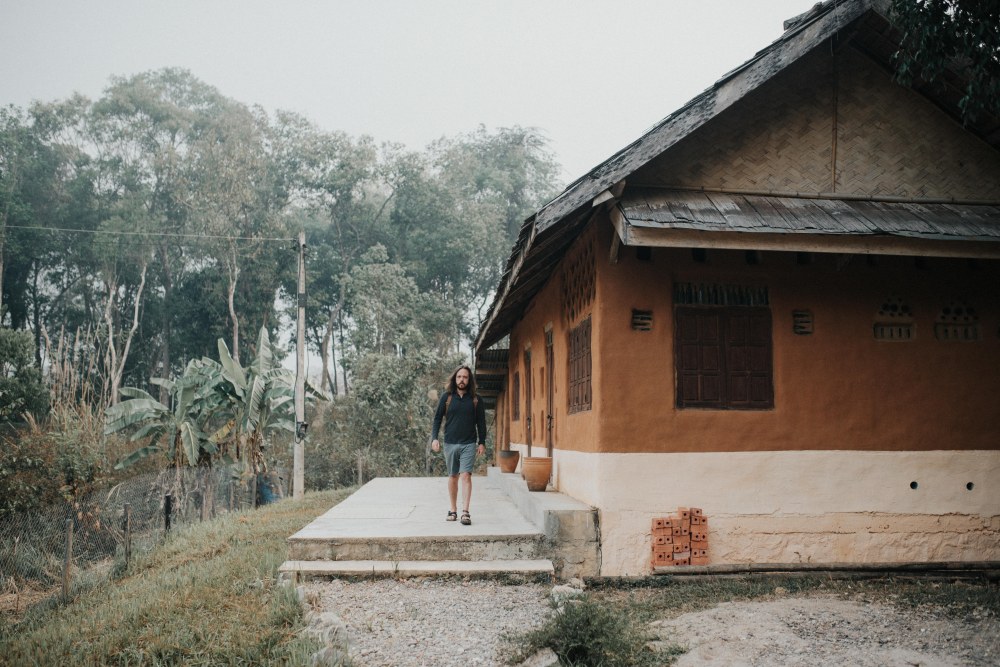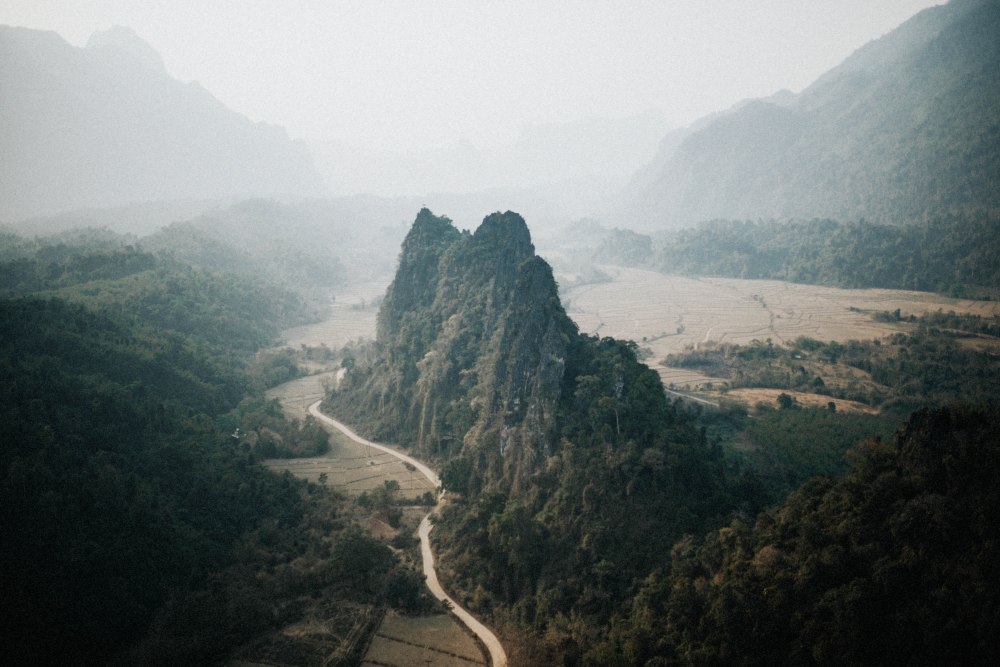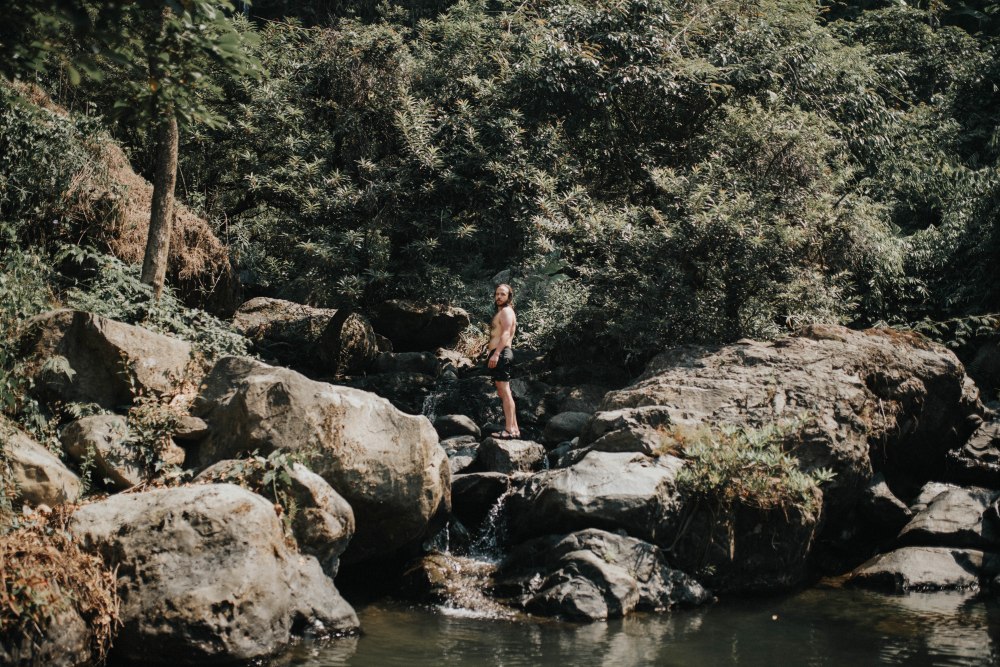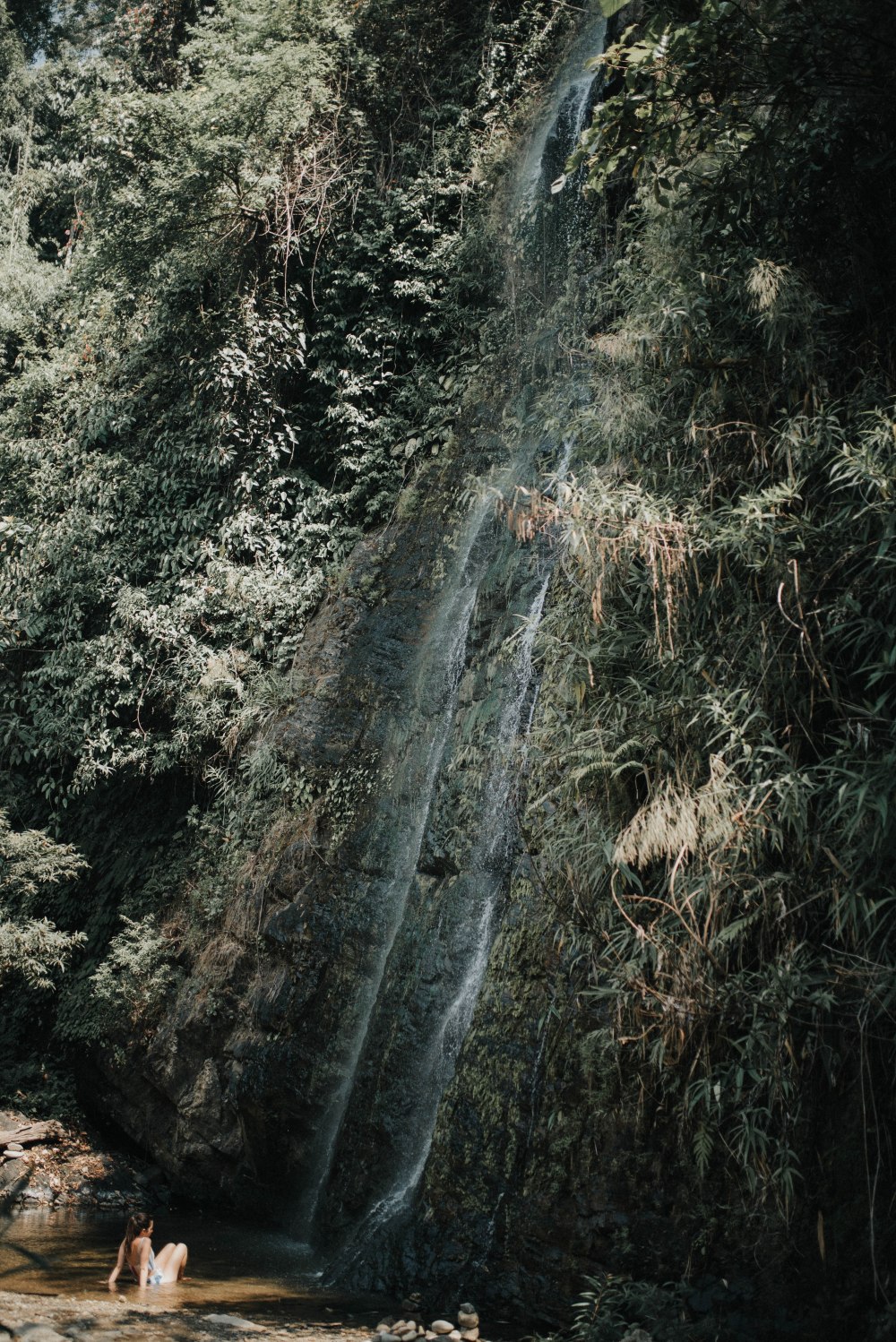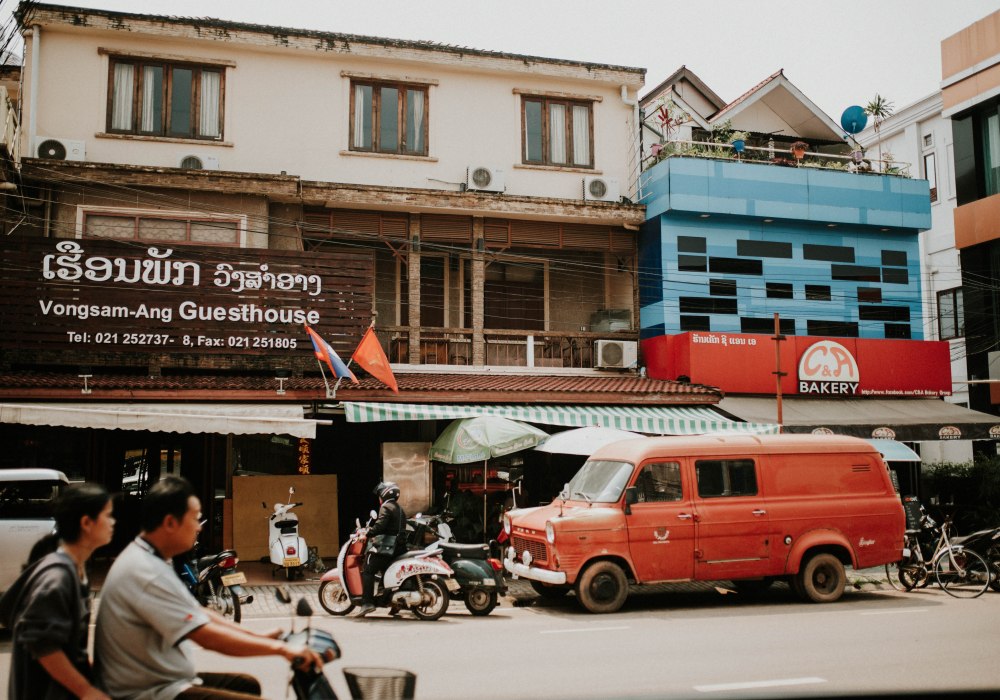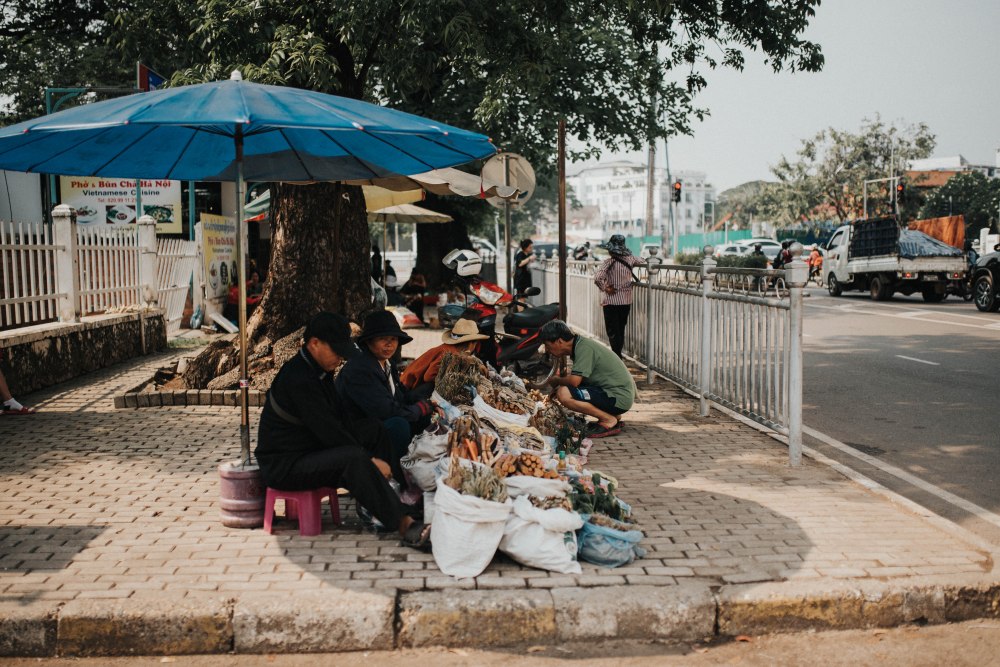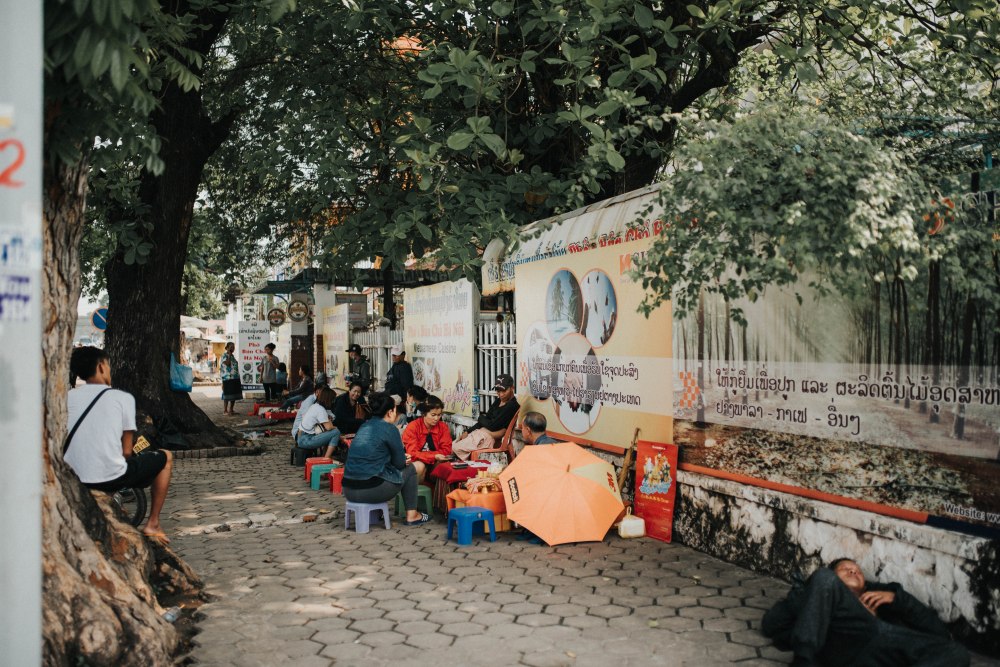Written by: Matthew Mayer
After our less-than-comfortable mini-bus ride from Vientiane to Vang Vieng, we opted to charter a transport through one of the many travel agencies in town. They purported to have nicer vehicles, less cramped rides, and would pick us up from our stay in town. The agency we booked through delivered as advertised. We were picked up at our departure time at Lao Valhalla by yet another mini-bus but one that was newer, cleaner, and with a functioning AC system. As we were the last passengers picked up due to the proximity to town, we were afforded seats in the front of the transport instead of the bumpy, crammed, steamy backseat.
The ride to Luang Prabang was much more enjoyable this time around. As more exposure to views out the front windows and a smoother ride due to the less rugged newly developed road, our four hour journey included none of the rampant motion sickness, cramped seating, or the jarring ride. As our transport made its way from the lazy river town of Vang Vieng, we were treated to the most pristine views of Lao countryside we had seen to date. The mini-bus allowed us enjoy views of beautiful Lao geography rivaling and exceeding that of what we had seen in Vang Vieng. The bus climbed over tall mountain terrain, down gorgeous river valleys, and through quaint fishing villages as we made our way to Northern Laos. After an extremely enjoyable trip, the bus rolled down the main street of Luang Prabang and dropped us off at the city center.
The town of Luang Pranbang is a UNESCO World Heritage Site due to how well the historical aspects of the town and surrounding province has been preserved. Luang Prabang’s historical diversity ranges beautifully from its traditional Lao architecture of houses, ornate temples, and remnants of its time as the royal capital of Laos, to its many vestiges of French colonialism. As we walked down the main street from the city center to the hostel we booked for our first night, we enjoyed a handful of samples of each of the aforementioned buildings. The traditional Lao urban design of the pre-colonial town peeked out between the 19th and 20th century two-story French structures of plaster, brick, and wood trim as we passed schools filled with singing children, Wats with monks performing their call to prayer, and tourists enjoying coffee in front of French style bakeries and Inns.



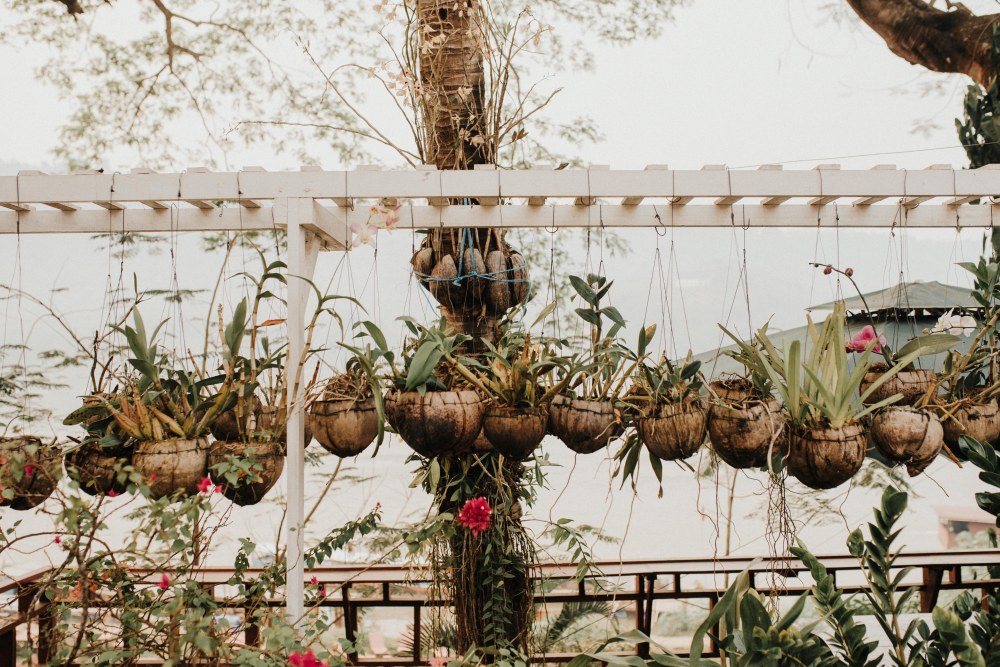
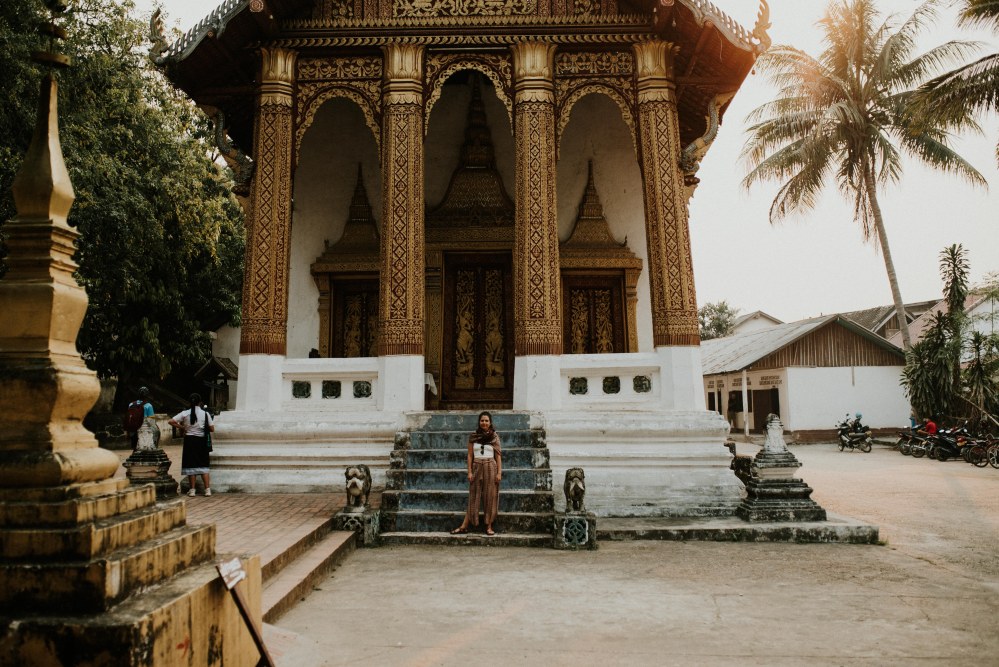

The tourist center of Luang Prabang is nestled between a confluence of the Mekong and Nam Khan Rivers. The two places we stayed during our time in the city were close to or overlooking the latter of the two rivers. Our first night was spent in a riverside hostel as we needed a quick place to stay due to the majority of the places being booked up on short notice. Being mildly exhausted from the trip in, we spent a causal evening exploring the shops cafes and temples of the surrounding areas. As we walked we noticed that much like the architecture, the town has a penchant for the vintage. Many of the tourists, non-native residents, and locals drove around on refurbished bicycles, motorbikes, and classic cars from the fifties and sixties. As the sun went down we enjoyed a meal and people-watched at a little riverside cafe. Feeling full and sleepy we retired to the hostel to rest up for the next few day’s exploration.

The next morning we relocated to the place we would be staying for the remainder of our time in town. Our stay was called The Ancient Luang Prabang and was situated in a restored two story building from the colonial period. The room had a small balcony overlooking one of the more quiet streets in town. Every morning at dawn, the monks in their vibrant orange robes silently walk down the city streets and collect alms from the local townspeople and tourists. This turned out to be one of our absolute favorite parts of our stay as it was a very reverent and beautiful ceremony to observe and participate in. Most mornings we would watch the procession from our balcony and then nap for a few more hours as the sun came up.



The highlight of our first full day in town was watching the Sunset on top of Phu Si mountain. Phu Si mountain is a large hill in the center of town capped with a temple system consisting of shrines, gilded statues of Buddha, and other Buddhist structures. The way up to the summit is around one hundred meters of steps going straight up the side of the hill. Upon reaching the top we were greeted by throngs of other tourists that had scaled the hill for the same reason we did. Had we reached the top any later than we had we would have viewed the sunset through the screens of the hundreds of other phones taking pictures. However, the sight of the sun sinking through the hazy sky over the mighty Mekong river was a wonderful sight and we were compelled to watch until the sky began to darken.





Making our way down the hill the way we came up, we were surprised to see the tops of hundreds of red tents lining the street that was full of cars, bikes, and pedestrians an hour earlier. We had descended directly into the Night Market that takes place every evening at sundown. Every night, upwards of three hundred different vendors clog the two lane street in the city center to sell anything one could imagine. The vendors sold a grand assortment of goods; from the the routine items such as souvenirs, local art pieces, clothes, musical instruments, and hand-woven clothing — to the more strange items like snake whiskey which is a full grown dead cobra submerged in a large bottle of Lao rice whiskey. We spent hours walking from stall to stall and ended up with arms full of food, paintings, textiles, and the like.






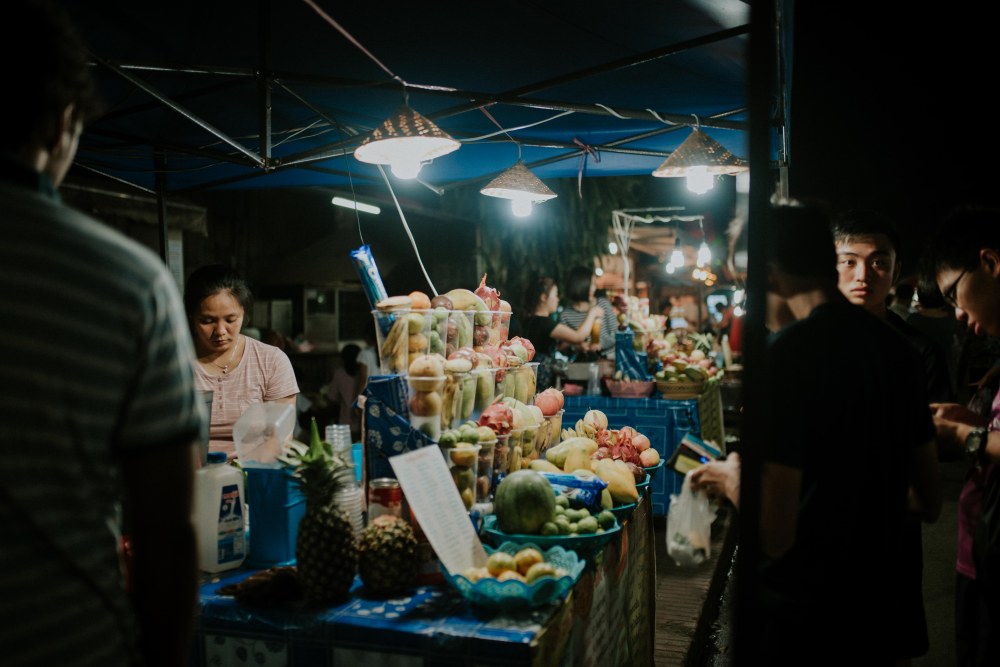 The following day we awoke excited for one of our most anticipated activities of our time in Luang Prabang: trekking to Kuang Si Falls. After a hearty breakfast, we rented a motorbike with help from our hotel front desk. We packed a lunch, towels, and cameras and headed out. The falls are located forty-five minutes from town by motorbike. After leaving the city, the road wound its way through the rolling countryside as we passed by farmlands, through rice fields, and over small streams. After our leisurely ride, we pulled in to the parking area and locked up the bike. The beginning of the trailhead is surrounded by shops and food vendors all vying to sell snacks and drinks to the crowds of people coming to see the falls.
The following day we awoke excited for one of our most anticipated activities of our time in Luang Prabang: trekking to Kuang Si Falls. After a hearty breakfast, we rented a motorbike with help from our hotel front desk. We packed a lunch, towels, and cameras and headed out. The falls are located forty-five minutes from town by motorbike. After leaving the city, the road wound its way through the rolling countryside as we passed by farmlands, through rice fields, and over small streams. After our leisurely ride, we pulled in to the parking area and locked up the bike. The beginning of the trailhead is surrounded by shops and food vendors all vying to sell snacks and drinks to the crowds of people coming to see the falls.
The hike to the falls itself is a short one up a small hill. On the way up we passed a sanctuary for bears that were rescued from poachers and a butterfly garden. Upon reaching the base of the many sets of falls we were greeted by small cascades over rounded, travertine coated rocks into serene of aquamarine water. With the limestone deposits covering everything the water touched, it looked as if everything was coated in concrete, including the trees . This coupled with the color of the water made the very natural falls a look as if they were pulled right out of The Jungle Book. The day was hot but the spring-fed water was ice-cold and very few people were actually swimming. It enabled us to view the pristine water without much human interference. As the trail continues uphill adjacent to the water, the levels of falls grow taller and the pools deeper in depth and in hue. Also, as the impressiveness of each stage of the falls increased, as did the sightseers. The third set of falls was the most breathtaking. The rushing water cascaded over the rounded rocks for hundreds of meters in a stair-step pattern with the top as far away in the distance as it was tall. A viewing bridge crossed over one of the pools to provide a head-on vantage point where the weight limit was assuredly being strained by the amount of people taking pictures on it.
The day was hot but the spring-fed water was ice-cold and very few people were actually swimming. It enabled us to view the pristine water without much human interference. As the trail continues uphill adjacent to the water, the levels of falls grow taller and the pools deeper in depth and in hue. Also, as the impressiveness of each stage of the falls increased, as did the sightseers. The third set of falls was the most breathtaking. The rushing water cascaded over the rounded rocks for hundreds of meters in a stair-step pattern with the top as far away in the distance as it was tall. A viewing bridge crossed over one of the pools to provide a head-on vantage point where the weight limit was assuredly being strained by the amount of people taking pictures on it.

Escaping the crowd, we found a minimally advertised trail to the top of the falls. As it looked uncrowded, we started up seeking the respite provided by the shade of the jungle and the mist coming off of the falls. The trail ran in a set of steps directly uphill beside the falls. As we climbed higher, water from the falls ran straight down the steps. It had been that way for some time as the wooden steps were coated in several inches of the mineral deposit from the water. After a lengthy and steep climb we reached the top and were rewarded with a view of the entirety of the falls and the people below. We caught our breath overlooking the vista and enjoying the breeze from the heights.
The trail down ran across the other side of the falls as to reduce cross traffic on the wet trail and to provide other views of the falls. Making our way down we spotted a large pool of water halfway up the falls that had only a handful of people swimming in it. As we had not noticed an entrance to this portion on the hike up we looked for it on the way down. Shortly after, we noticed a group of people heading down a side trail. Disregarding the “no entrance” signs we followed. After a while we came to the pools we had seen from above except they were blocked off by bamboo and barbed wire. However, others before us had found ways to scramble over, under, and through. We decided to follow suit. It turned out to be well worth the risk as the pools were completely cut off from the rest of the park. Only a few other people shared the biggest swimming hole of the falls and the best part was that it gave a clearer view of the upper half of the main cascades. We swam until we got our fill, traversed the barbed wire again and headed down. On the way home we capped off the day with a lovely dinner at little hidden farm restaurant tucked away in the rice fields where everything in the meal itself was grown or raised on the property. It was the perfect end to the perfect day.

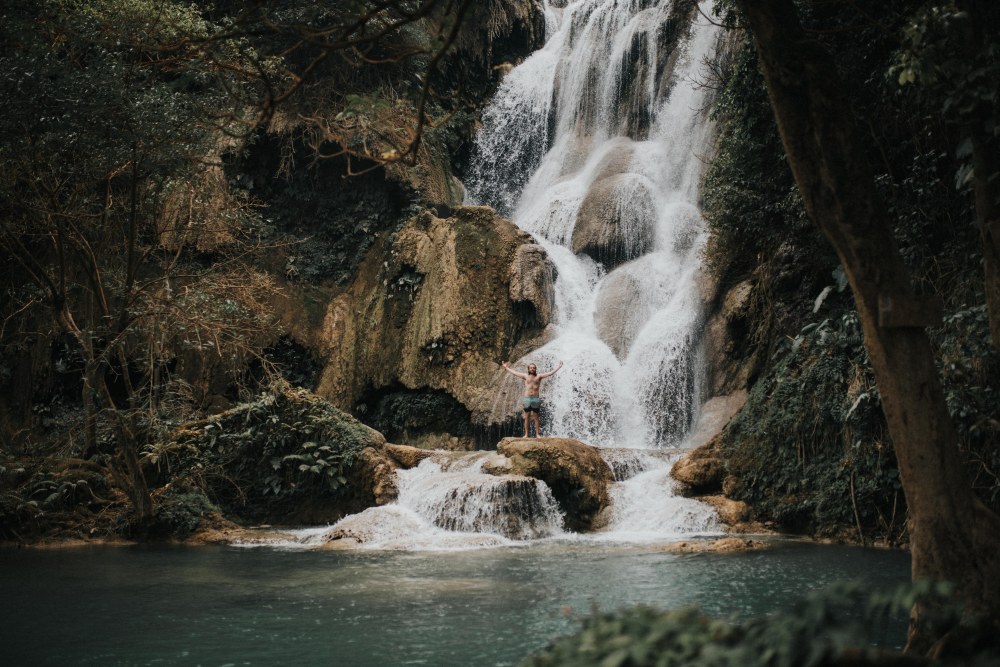
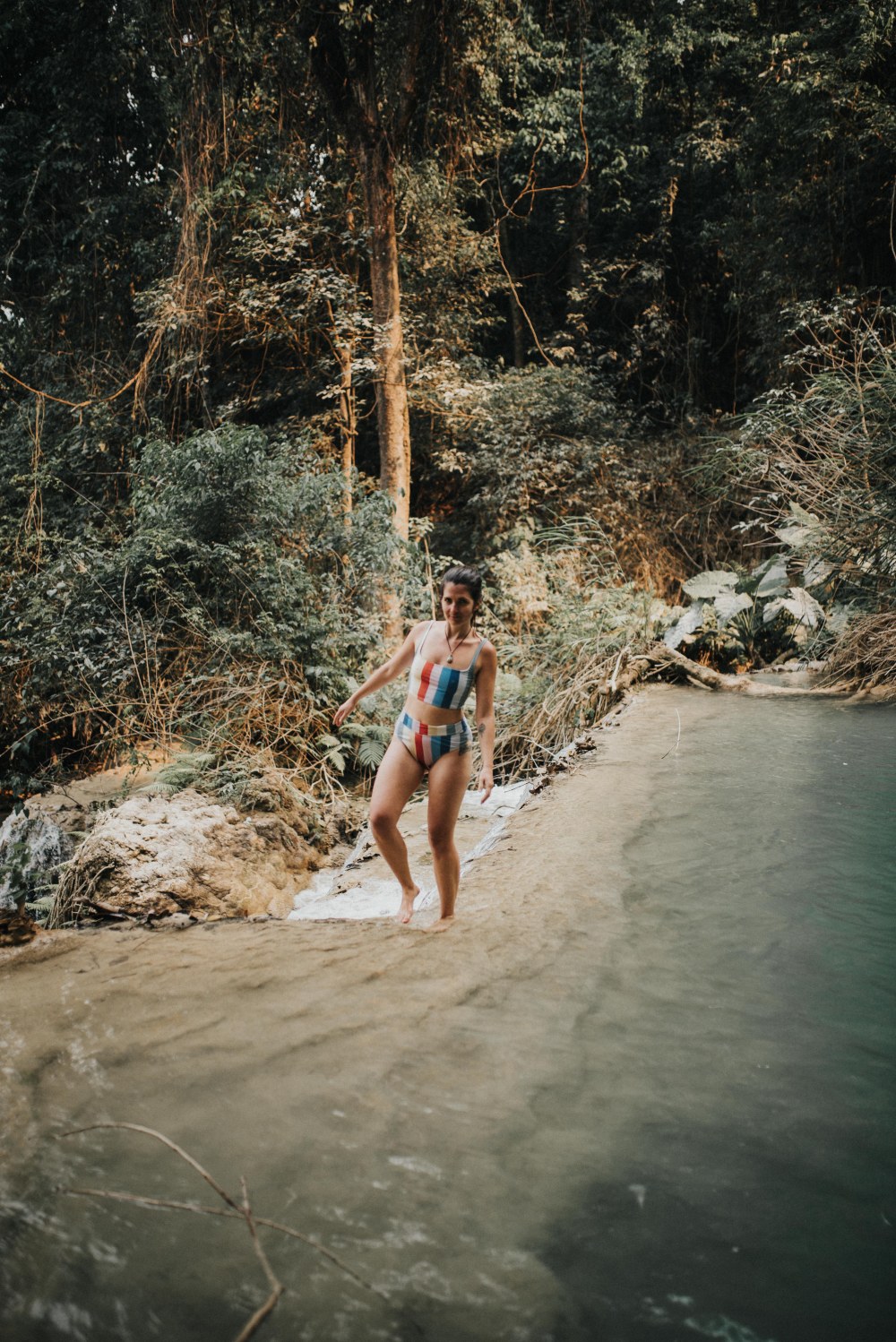
Our last day in Luang Prabang was spent visiting the parts of town we had not yet been to and gearing up for the next leg of our journey. However, the highlight of our last twenty-four hours was going on a sunset riverboat cruise on the Mekong river. The riverboat departed around an hour before sunset and traveled to a wide part of the river that lined up perfectly with the setting sun. The craft was fitted out with dining tables, lounge chairs, and hammocks. With a two and a half hour cruise, it allowed us to relax, eat dinner, have drinks, and relax some more. As the boat drifted back downriver after nightfall, we were welcomed back into the town by the glow of the lanterns and lights on the riverside bars and restaurants. 




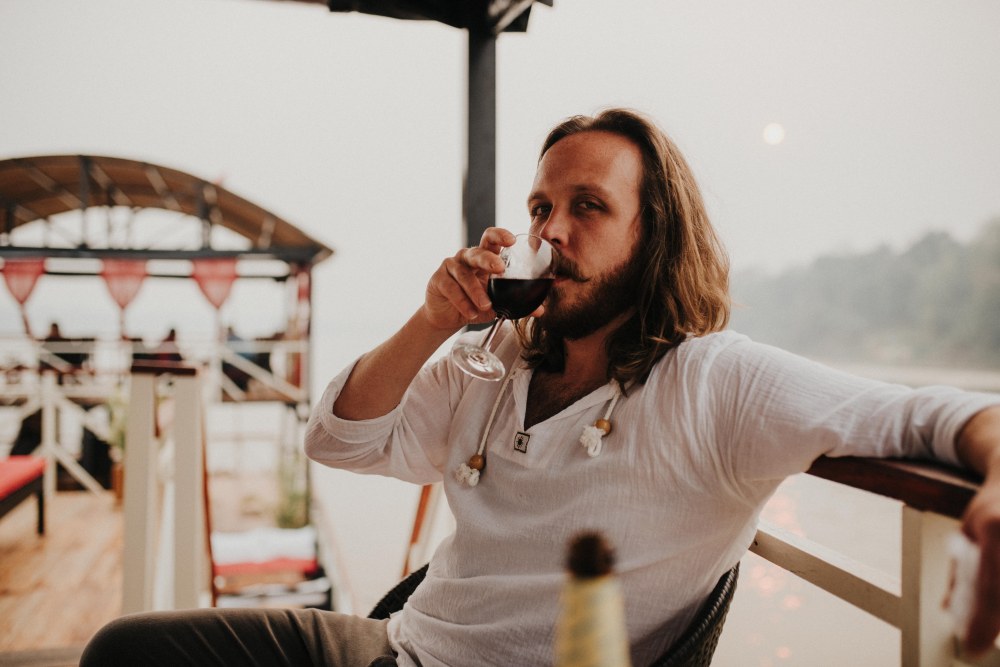



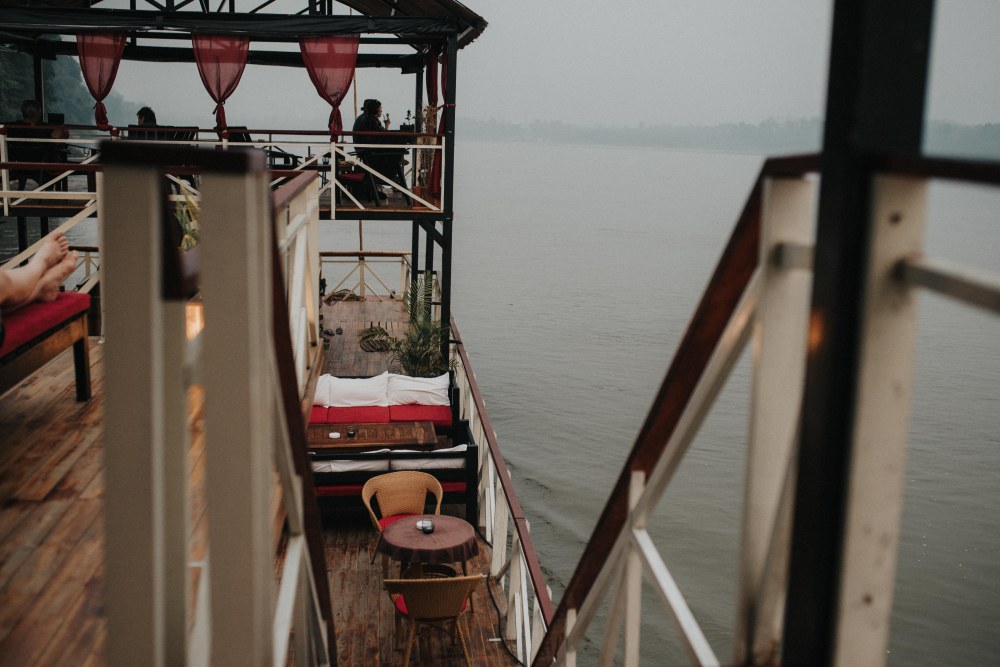



We could not have asked for a more delightful send-off to our favorite stop in Laos so far. Next we were heading off to stay in the traditional Hmong and Khmu village of Pou Nong Kuay isolated in the Lao Highlands.
Written by: Matthew Mayer
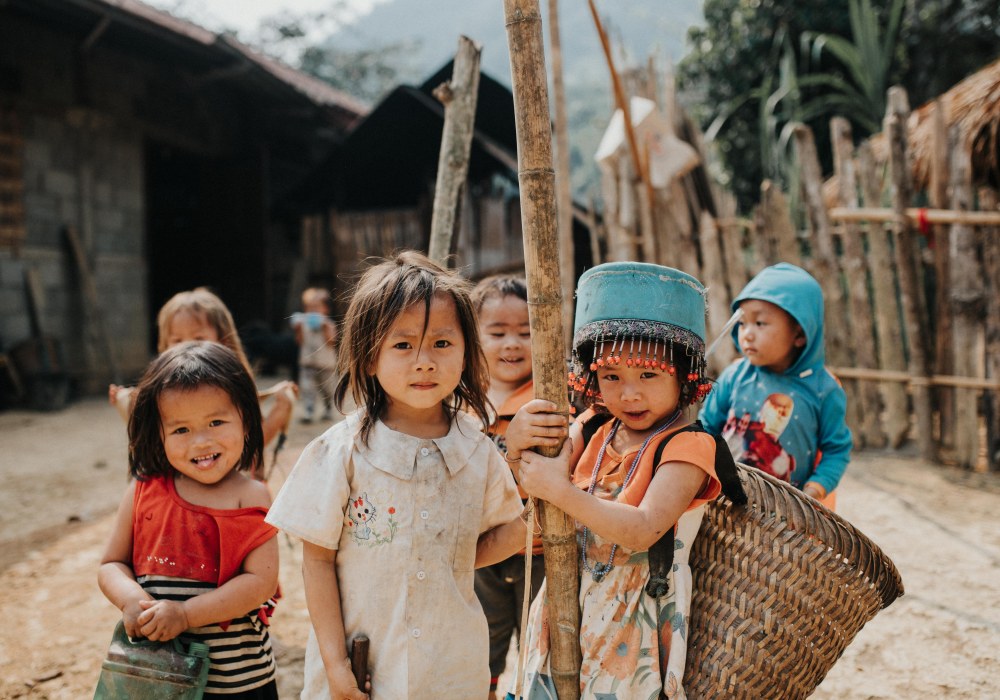




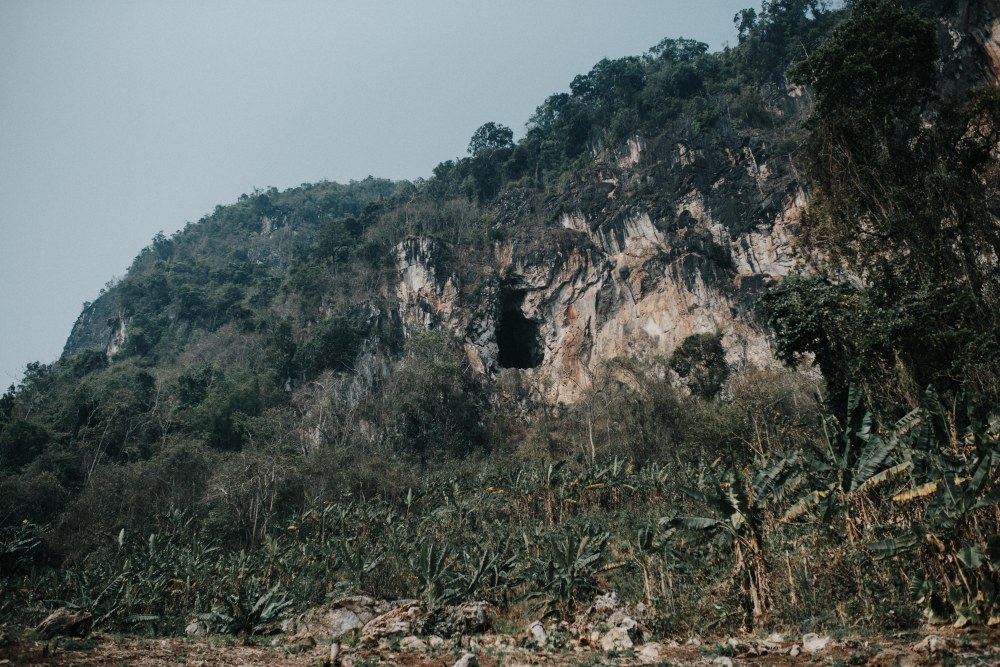 We would be staying in what is called an Eco-Bungalow by the Fairtrek team. The Eco-Bungalow is an open air structure constructed with clay and bamboo by a collaboration of villagers and foreign students that came to work in the village for educational purposes. The dwelling has one room with a bed and a wet-bath. As with the rest of the village, with the exception of electricity and running water, there did not exist many other amenities.
We would be staying in what is called an Eco-Bungalow by the Fairtrek team. The Eco-Bungalow is an open air structure constructed with clay and bamboo by a collaboration of villagers and foreign students that came to work in the village for educational purposes. The dwelling has one room with a bed and a wet-bath. As with the rest of the village, with the exception of electricity and running water, there did not exist many other amenities.
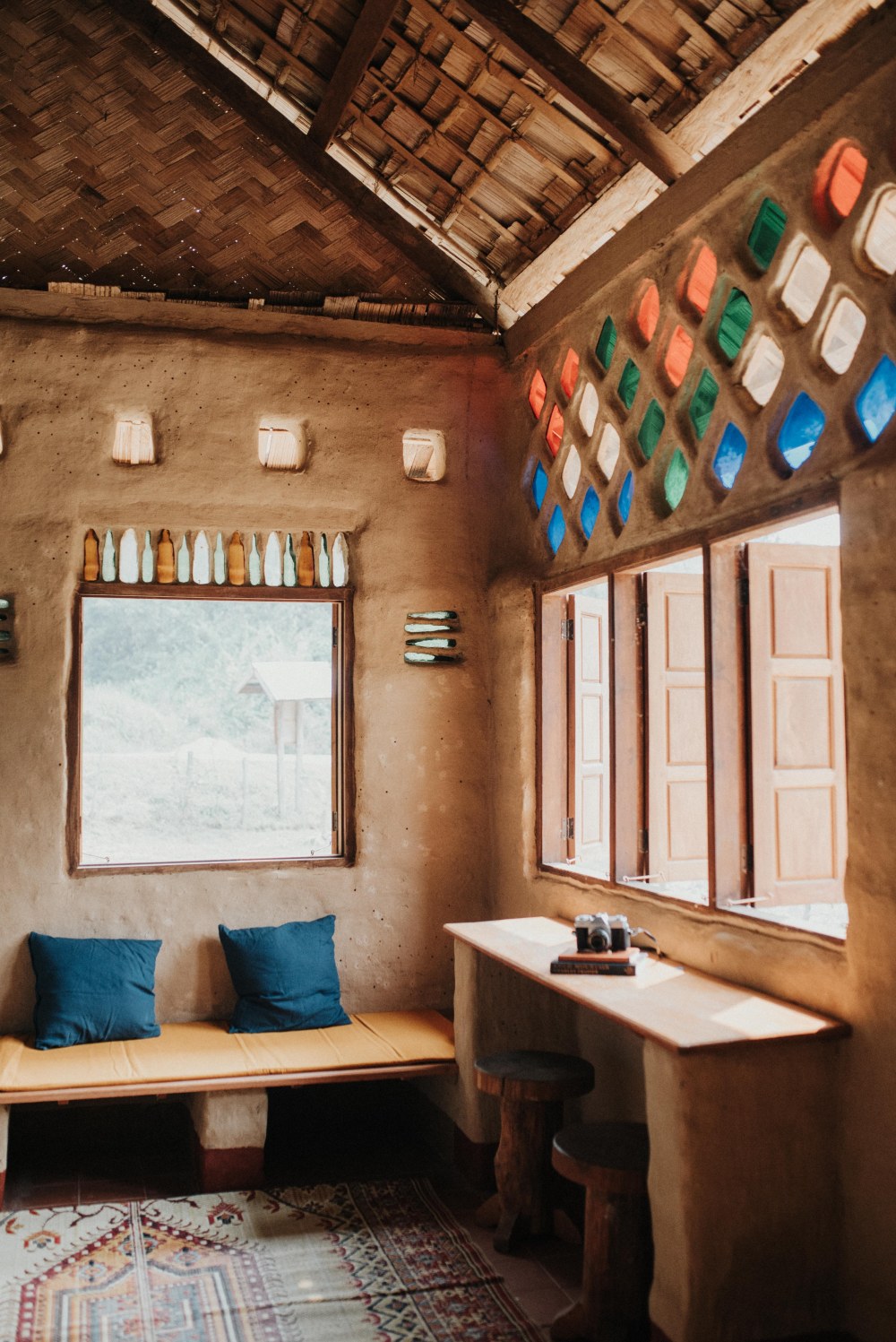

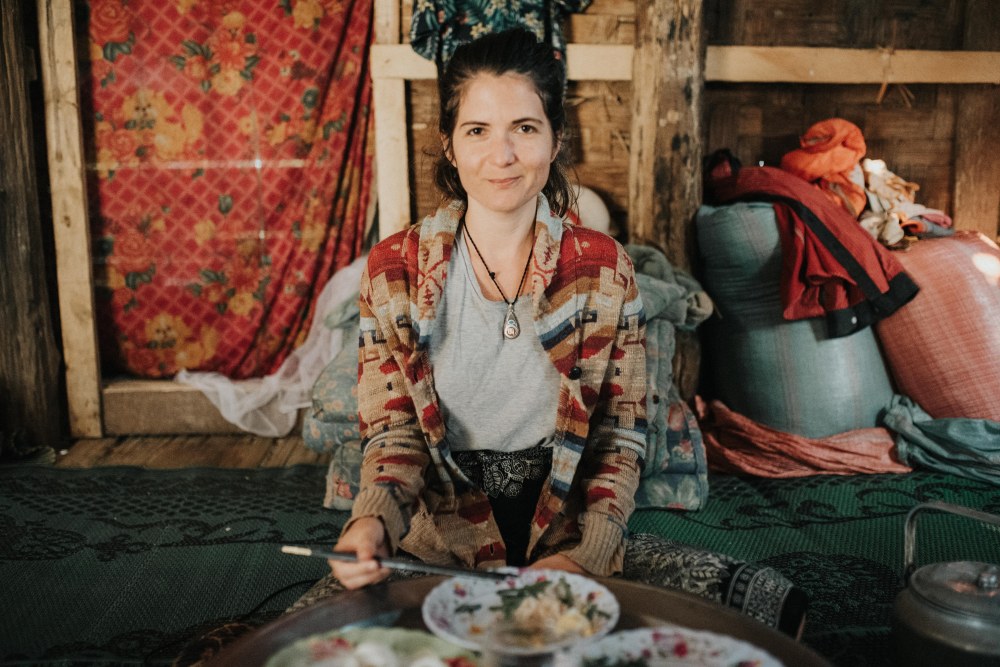




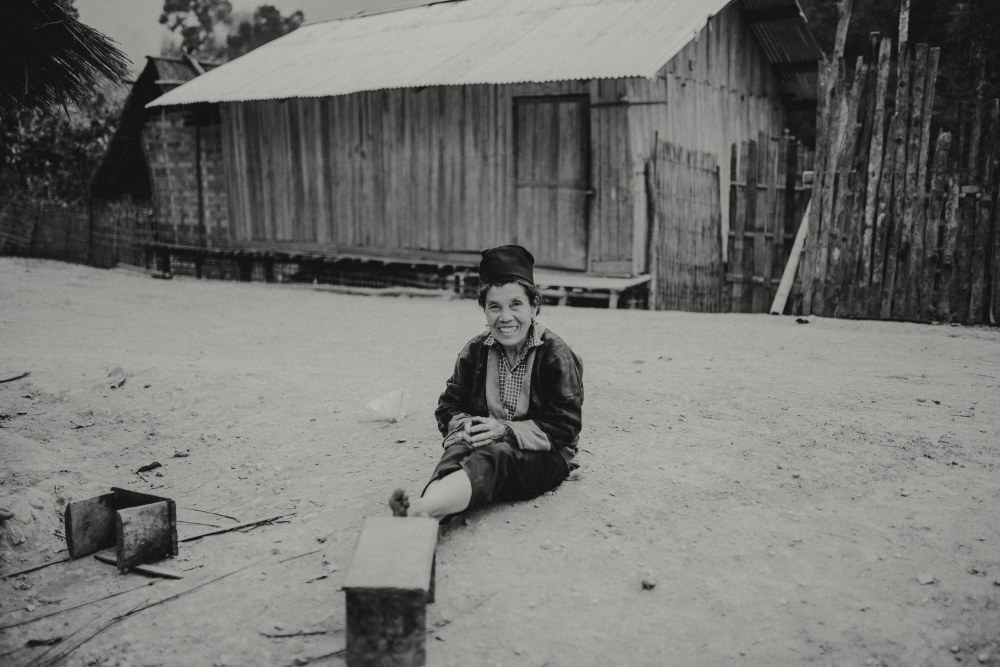

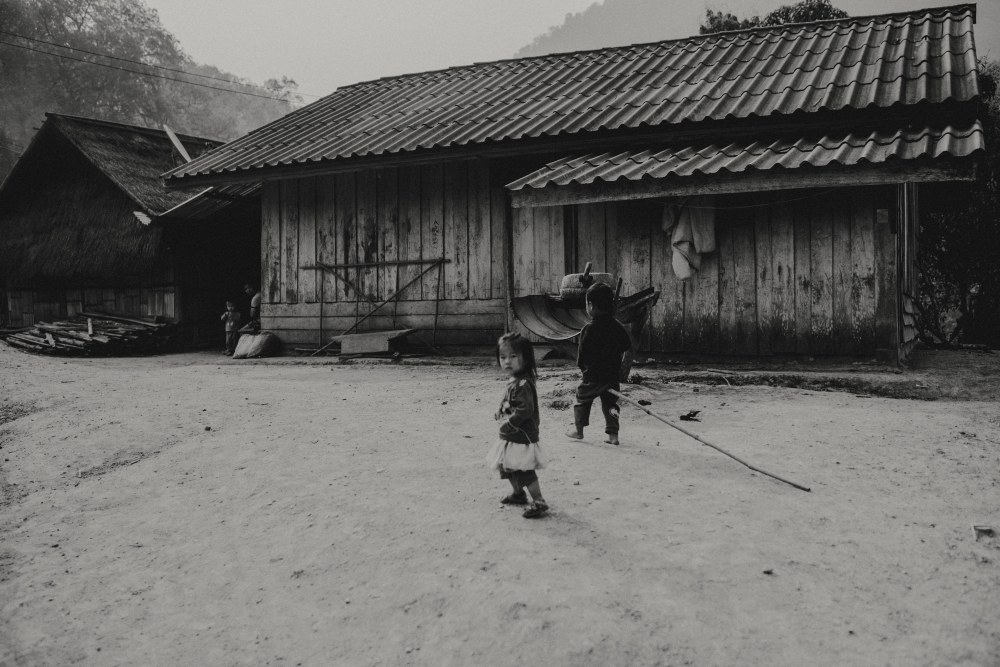
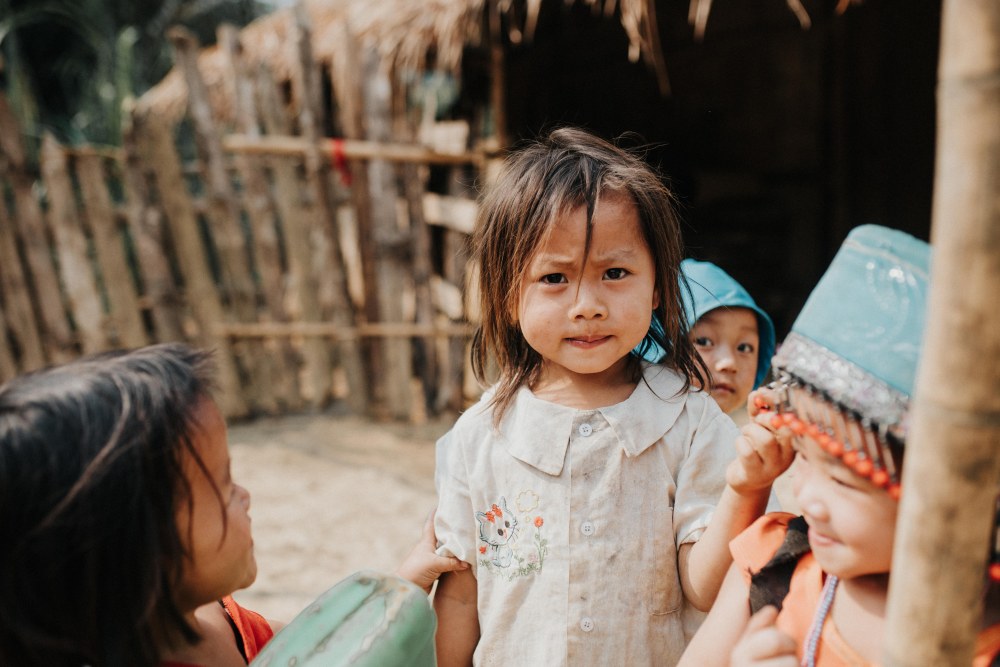







 Sometimes while we would sit at the bungalow, the inquisitive children would stop by after school to see what we were up to. As there was a language barrier, we could not hold a verbal conversation but we could exchange names and give them the candies and treats we brought along for just such an occasion. The crowd favorites among the kids were US coins that we brought along and our camera. We would take their pictures as they made silly faces and then show them the photos. Each day they would come back to look at pictures and show us that they still had their coins. As Lao currency is predominantly paper, the coins were more than likely viewed as interesting trinkets only.
Sometimes while we would sit at the bungalow, the inquisitive children would stop by after school to see what we were up to. As there was a language barrier, we could not hold a verbal conversation but we could exchange names and give them the candies and treats we brought along for just such an occasion. The crowd favorites among the kids were US coins that we brought along and our camera. We would take their pictures as they made silly faces and then show them the photos. Each day they would come back to look at pictures and show us that they still had their coins. As Lao currency is predominantly paper, the coins were more than likely viewed as interesting trinkets only.

